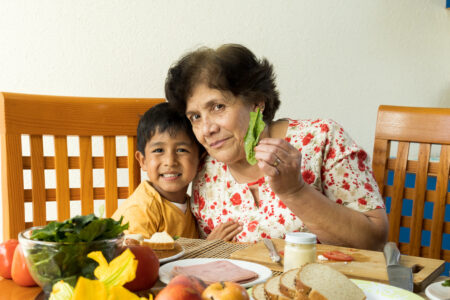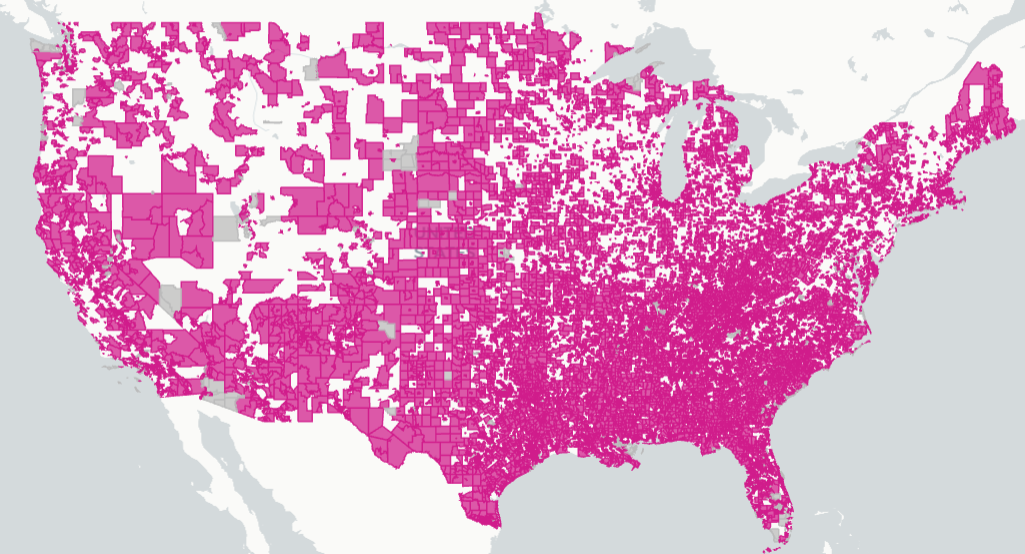
Share On Social!
Childhood is a critical period for the development of eating behaviors and habits that last into adulthood. These habits play a vital role in growth, development, and the prevention of obesity and other lifelong, diet-related chronic diseases.
Children who live in food deserts and lack access to nutritional food, such as many Latinos, may struggle more with maintaining a healthy weight and developing healthy eating patterns.
That’s where Healthy Eating Research (HER) resources can help.
One Stop Shop for All Your Healthy Eating Habits
HER has produced evidence-based recommendations and best practices for promoting healthy eating behaviors in children ages 2 to 8.
This site has excellent resources for Spanish-speaking parents, who may lack access to nutritional guidance due to language and cultural barriers.
New HER resources include portion size guidance, advice for picky eaters, and interactive tip sheets for creating healthy eating habits. These resources provide direct guidance on how to slowly create sustainable change in a household.
The Role of Latino Parents in Childhood Eating Behavior
Healthy eating in childhood is important for several reasons.
Children tend to carry eating habits from their culture and childhood into adulthood. Latino children are no exception.
In Latino culture, parents and grandparents are critical in establishing and sustaining healthy family habits. If they practice healthy habits with their children from a young age, these habits can become permanent and establish a healthier way of living into adulthood.
Specifically, because of their status in the household, research shows that Latino fathers may have a particular influence on family eating behaviors.
For example, Latino men are perceived as head of their respective household.
Therefore, by regularly demonstrating healthy eating behavior, Latino men can influence and change the eating habits of their immediate family and for an entire generation to come.
Nutrition and Diet-Related Diseases in the Latino Community
Forming healthy eating patterns in childhood is especially important in preventing chronic, diet-related diseases, including diabetes, heart disease, and obesity.
Latino children in the US exhibit disproportionally high rates of obesity (26%) compared to their non-Latino black (22%) and non-Latino white (14%) peers, according to a range of studies.
Consumption of sugar sweetened beverages is one of the biggest contributors to childhood obesity among Latino children and young adults. Data from National Health and Nutrition Examination Survey showed that approximately 7% of the total daily calories of Latino children come from sugar sweetened beverages.
Childhood obesity is dangerous because it can lead to diabetes.
In fact, Latino adults are 1.7 times more likely to be diagnosed with diabetes and 1.4 times more likely to die from diabetes than other groups.
Considering Latinos face a variety of other health disparities, such as lack of health insurance and access to safe places to exercise, food insecurity adds another layer of complexity to improving Latino health.
Why Do Latinos Struggle with Eating Healthy?

Many Latinos lack food equity, meaning they face inequitable barriers to nourishing, high-quality produce, such as vegetables, fruits, beans, and nuts.
For example, many Texas major cities such as San Antonio (65.7% Latino), Austin (33.1% Latino), and Houston (44.5% Latino) are hot beds for communities with low food access, according to Partnership for a Healthier America’s Food Equity Opportunity Map.
Some communities with low food access may even be considered a food desert, which also plague the Latino community. Food deserts are areas more than 2 miles or 15 minutes away from a grocery store.
More than 23 million American families live in a food desert. 29% of these Americans are Latino.
One area most prevalent with food deserts is Texas’ Rio Grande Valley (94% Latino). According to a 2018 assessment, 52% of the area is considered a food desert.
When low-income families, which includes many Latinos, are faced with limited healthy food options, they are often forced to choose food that is closest and most available to them, like fast food.
This systemic barrier to healthy food tends to lock them into a pattern of consuming unhealthy foods, keeping the cycle of heart disease, obesity, and diabetes going.
“Latinos are disproportionately affected by food insecurity and are more likely to face barriers to affordable healthy food,” said Dr. Amelie Ramirez, director of Salud America! and its home base, the Institute for Health Promotion Research at UT Health San Antonio.
“Health policies must work toward addressing these barriers to food equity, including lack of grocery stores and farmer’s markets within walkable range. Increasing access to public transportation and food delivery services can also help Latinos and other people of color maintain a nutritious diet and lessen their risk for diet-associated diseases.”
Increase Food Access in Your Community!
Check out what Kendra Richardson did to increase food access in her Fort Worth, Texas community. One person can truly make a difference!
You can help promote better eating habits and health equity, too.
Select your county and get a Health Equity Report Card by Salud America! at UT Health San Antonio.
In your report card, you will see maps, data, and gauges to compare public health issues to the rest of your state and nation.
You can email your Health Equity Report Card to local leaders to stimulate community change. Use the data in your materials or share on social media to raise awareness about the importance of healthier eating resources.
Get your Health Equity Report card!
Explore More:
Healthy FoodBy The Numbers
142
Percent
Expected rise in Latino cancer cases in coming years






